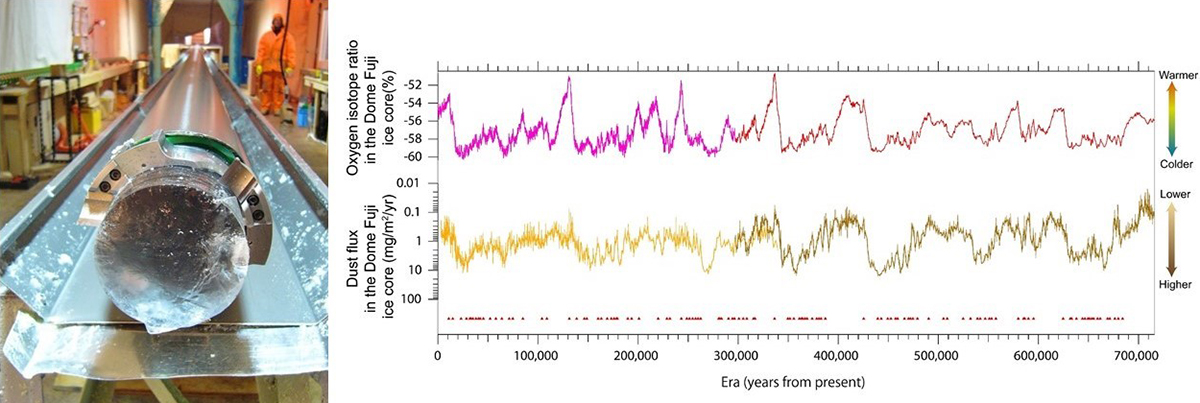

T he edible part of most fruits is the actual ovary, but in apples and pears only the outer hypanthium layer is eaten (unless you enjoy eating the core).

Unlike most fleshy fruits, when you bite into an apple you are eating the hypanthium tisue rather than the ripened ovary or core. In apples and pears, the thick, fleshy hypanthium is fused with the inner, seed-bearing core, and the fruit is termed a pome. Since the achenes represent separate ripened ovaries all derived from a single flower, the entire rose hip could be considered an aggregate fruit or etaerio. The actual seed-bearing achenes are surrounded by a thick, fleshy hypanthium. Rose hips from a hybrid tea rose ( Rosa odorata). Rose hips are eaten raw and are ground up as a supplemental source of vitamin C (ascorbic acid). Since the achenes represent separate ripened ovaries all derived from a single flower, the entire structure (called a rose hip) can be considered an aggregate fruit or etaerio. The fleshy hypanthium of a rose ( Rosa) surrounds a cluster of small one-seeded achenes. Since the ovary is situated below the attachment of the sepals, petals and stamens, it is termed "inferior" in technical plant taxonomy books. The sepals, petals and stamens arise from the rim of the hypanthium. In the pome, a thick, fleshy hypanthium layer (also called the floral cup or calyx tube) surrounds (and is fused with) the seed-bearing ovary or core. They all originated in western Asia (or Eurasia) and are characterized by fleshy fruits called pomes. In the apple, the original ancestral species is obscured by so many cultivated variations throughout the centuries that some authors lump them all into one species, Malus domestica. sylvestris), pears ( Pyrus communis) and quince ( Cydonia oblonga) belong to the rose family (Rosaceae), and include literally hundreds of cultivated varieties.


 0 kommentar(er)
0 kommentar(er)
